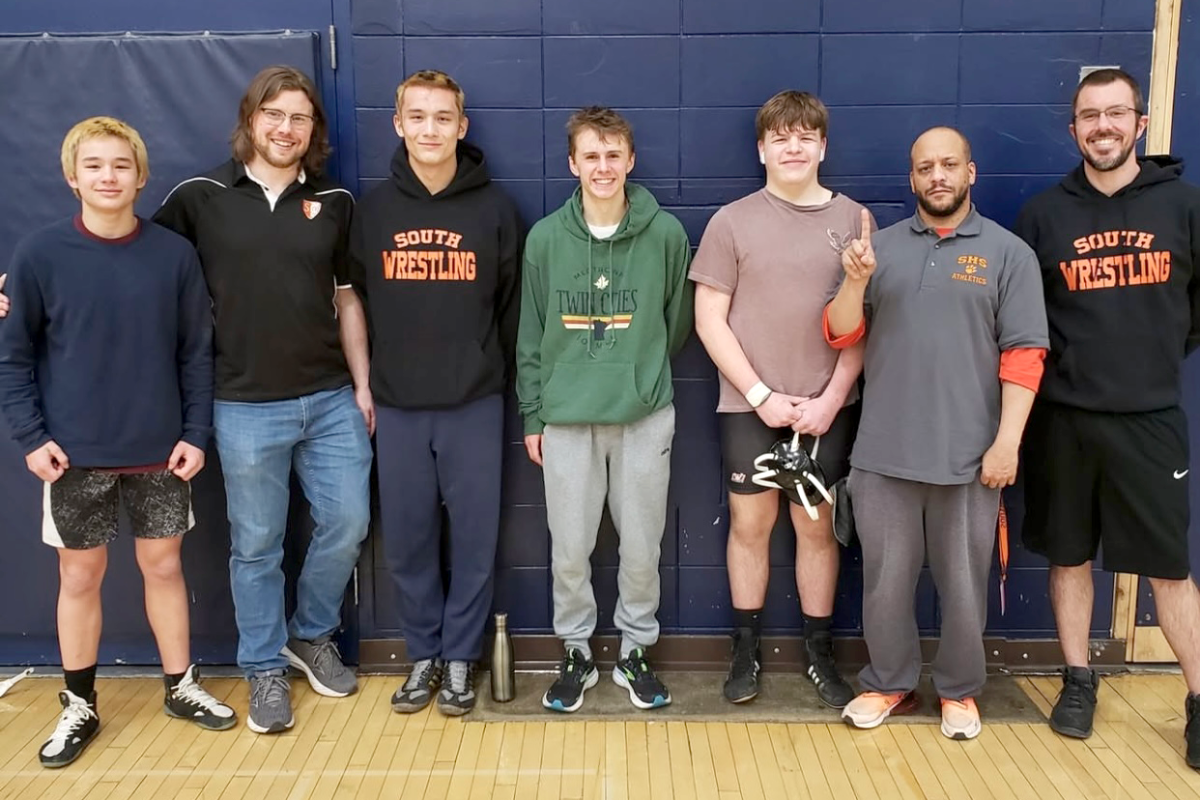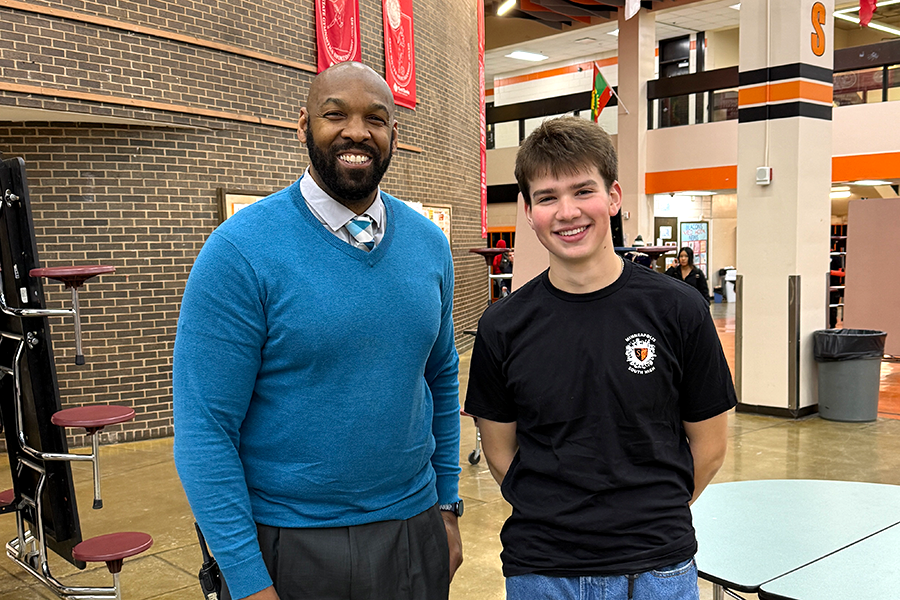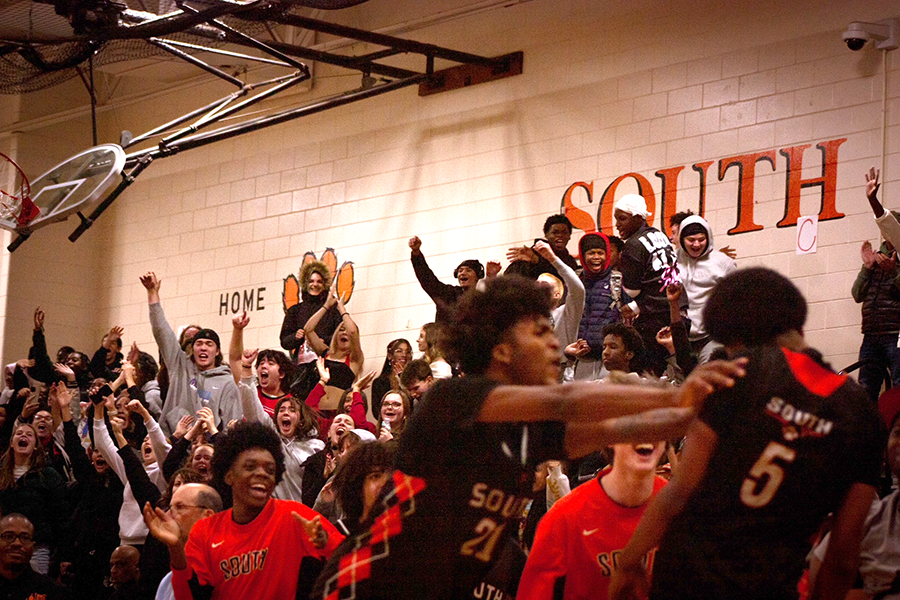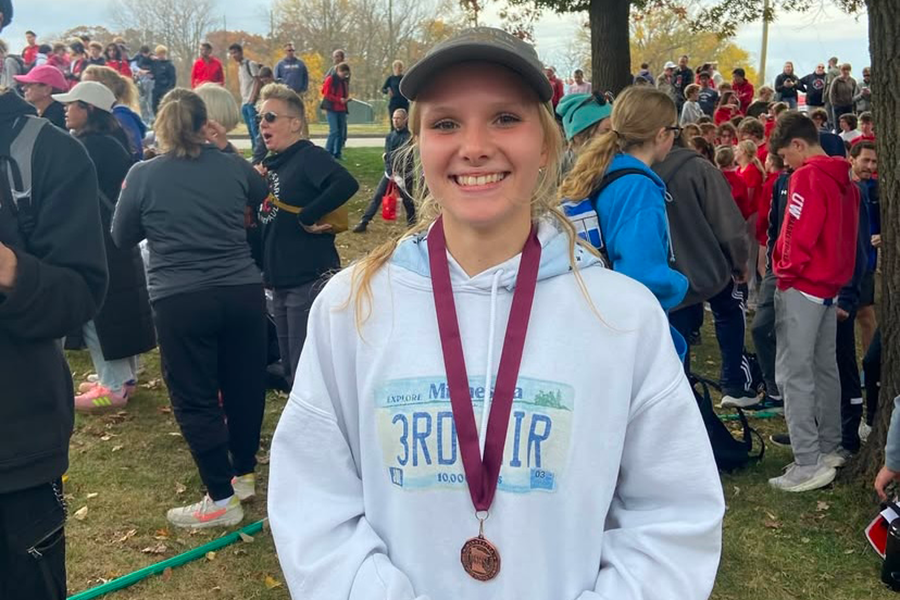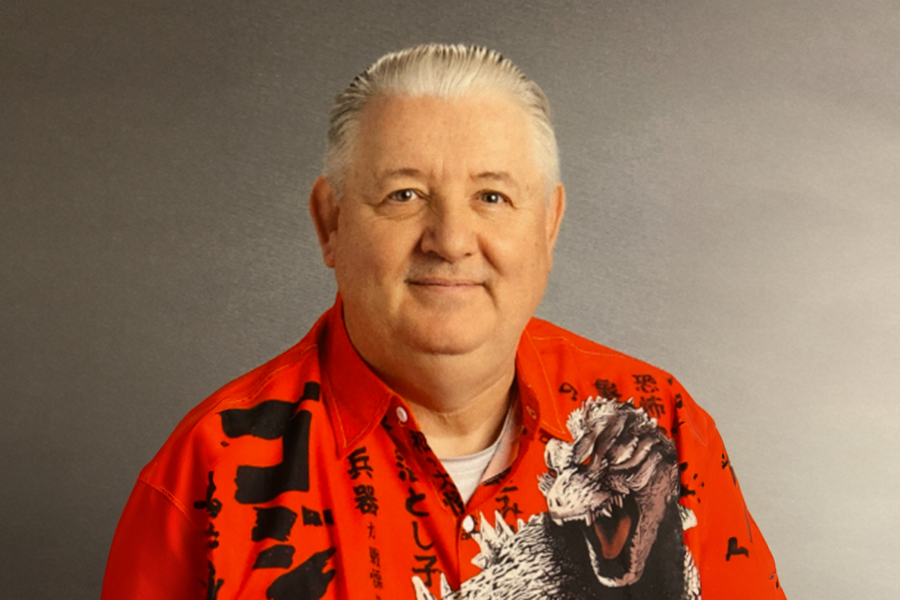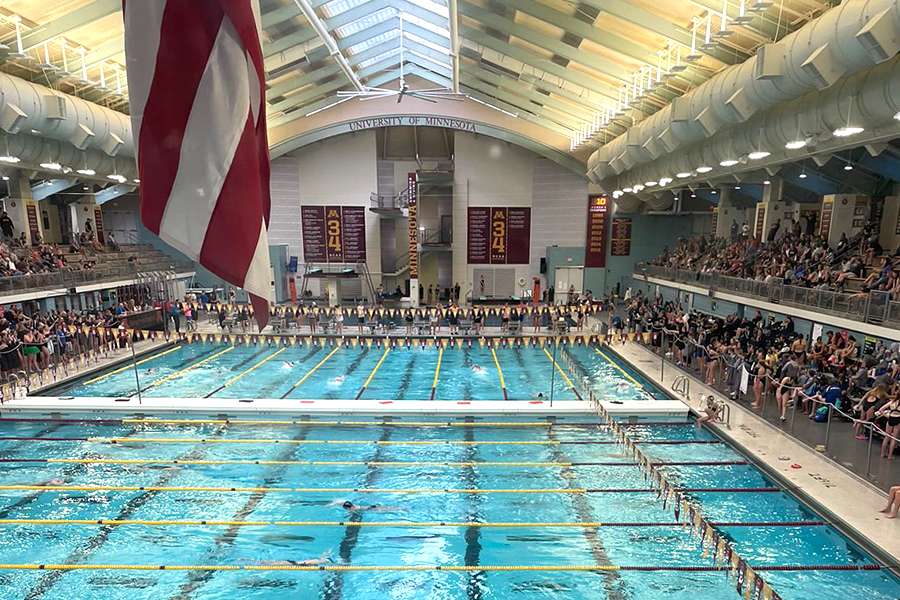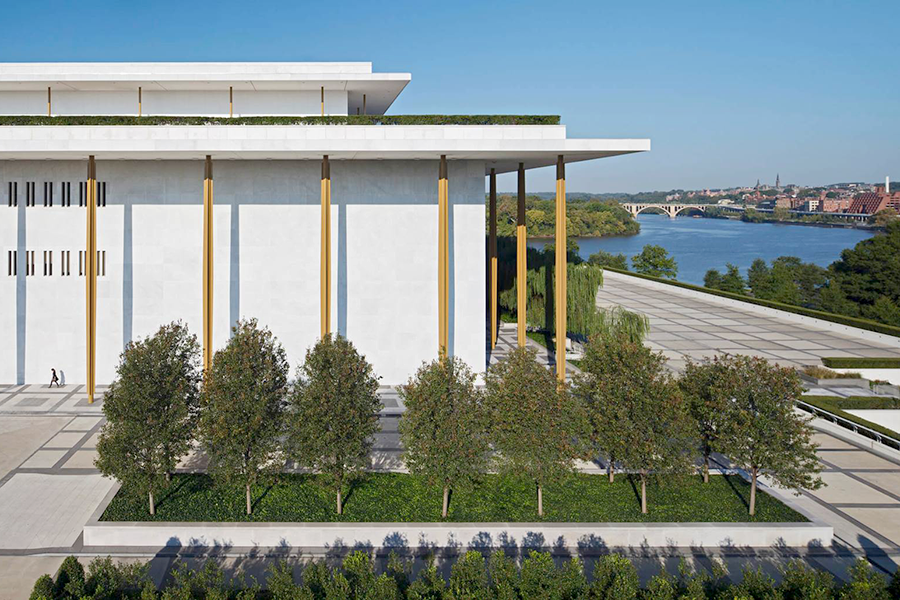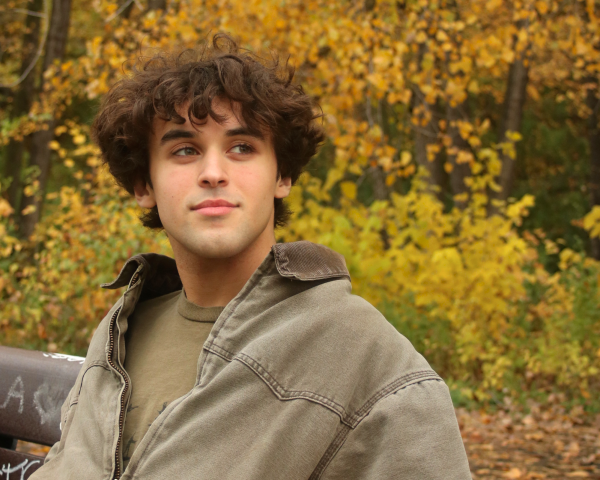As the 2023-24 NBA season began, the aftertaste the season prior left within the Timberwolves fanbase was bittersweet, to say the least. The season ended on a relative high – a 4-1 series defeat to the eventual-champion Denver Nuggets, where each game came down to the wire (game 1 aside) – yet the season was stamped with the fingerprints of chemistry issues, incohesiveness, and a general sense of “this is what we are” – an acceptance that for the foreseeable future, the Timberwolves would be good, but not great, a playoff team, but not a threat.
The list of concerns was, of course, headlined by a preseason blockbuster trade with the Utah Jazz that sent out 5 future draft-picks, the #22 pick in the draft, and 3 key supporting-cast figures — sharpshooter Malik Beasley and defensive stalwarts Patrick Beverley and Jarred Vanderbilt. The haul was course-of-the franchise-changingly enormous, but for GM Tim Connelly, the return justified the sacrifices: Rudy Gobert, 4-time All-NBA and 3-time Defensive Player of the Year, who promised to change the inconsistent Timberwolves’ fates on the defensive side of the ball.
The fans, however, were not so convinced, and the season to follow did little to change minds.
Over the 2023-24 season, the Wolves yo-yoed their way to a place in the play-in tournament, clinching the 8th seed in the West, one seed lower than the year before. Throughout the season, Gobert’s fit felt awkward. The 2-center starting 5, anchored by the French center and 3-time all-star Karl Anthony Towns, was a major departure from the zeitgeist of a modern NBA that’s increasingly trending towards smaller lineups with a wider variety of skills.
On paper, the duo completed one another; Gobert covering for Towns’ defensive inadequacies, and Towns’ 3-level scoring ability covering for Gobert’s offensive limitations. Yet in practice, it felt like the worst of both worlds, and concerns from the Gobert trade about the need for a point guard and perimeter defense were only amplified.
Perhaps most importantly, 2020 draftees Anthony Edwards and Jaden McDaniels were quickly cementing themselves as one of the NBA’s leading young duos, with Edwards
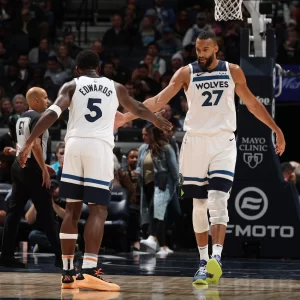
showing glimpses of superstardom. Gobert and Towns, both an age-bracket above the two and carrying large, hard-to-trade contracts, became the subject of fans’ trade fantasies, in a desperate attempt to build a young, high-ceiling supporting cast for our blossoming stars. Wolves fans feared, as happened with franchise legend Kevin Garnett 16 years ago, that they’d fail to build a championship-level team around them, and lose them in the same heartbreaking fashion.
Gobert, in particular, felt singled out. As the season progressed, his offensive mishaps and clunky, old-school style of play made him an easy target for criticism, and he quickly became one of the NBA’s laughing stocks. He began finding comfort in February, when the Timberwolves traded for veteran point guard and longtime Utah teammate Mike Conley, but the criticism and media spotlight persisted. The pressure, anger, and difficulty settling came to a breaking point in the Timberwolves’ regular season win against the Pelicans that ensured qualification to the play-in game, with Gobert punching teammate Kyle Anderson in an apparent argument on national television.
Speaking to Timberwolves journalist Jon Krawczynski after the first game of the season, Gobert was candid on his outlook moving forward, and getting back to the “old Rudy”: “Not even my old self”, said Gobert. “I feel better than I’ve ever felt, because I’m stronger than I’ve ever been.”
So far, this season has proven he wasn’t kidding.
The Timberwolves currently lie 3rd in the Western Conference with a 7-2 record, boasting the best defensive rating in the entire NBA. Gobert, who is 1st amongst players in the stat (amongst players with >100 minutes played) and has the highest Defensive Player of the Year bookmaker odds, has been the centerpiece of this newfound defensive identity – finally showing he can be the all-time defensive force the Wolves expected an offseason ago. “He’s back to the Rudy we had to face for many years”, remarked head coach Chris Finch after a statement 114-109 Wolves win to end the Boston Celtics’ undefeated record. “Which is a real problem.”
He’s also expanded his defensive repertoire to account for his longtime weakness, guarding the perimeter. “Being in rotations, being on different spots on the floor (…) He’s been all in on it, and that’s made all the difference”, said Finch. “He’s been way more amenable to doing some things we need him to do.” Teams exploiting this weakness garnered Rudy a reputation as a poor playoff performer. Addressing it is one of many ways the Timberwolves are playoff-proofing their squad.
On the other hand, Anthony Edwards has made another leap, as he’s done every season to this point. Last year, it was a matter of solidifying himself as the franchise cornerstone for the Timberwolves. As he made his first all-star game, through smarter shot selection and increased scoring efficiency, that call was answered. This year, in his fourth season in the league, the glimpses of superstardom that have always been there feel truly realized, and he has firmly cemented himself in top 10-15 player talks in the league.
Ant – newly sporting #5 to honor his mother and grandmother who both died on the same day of the month – has hit new levels in just about every aspect. His scoring volume has increased to 28 points per game on true shooting efficiency 3% higher than league-average (!). He’s unlocked a new dimension as a passer, consistently making impressive skip-passes to the corner while driving to the basket, and carrying a newfound patience as a ball-handler; always waiting and scanning for the best option in a possession, a far-cry from the forced pull-up midrange jumpshots early in the shot clock that marred his first couple years.
Yet it’s defense, again, where Ant has changed most significantly, serving as the perfect example of the transformation the team has undergone. One scout, anonymously speaking to HoopsHype, said it best: “Anthony Edwards is a top-10 player in the NBA right now,” the scout asserted. “He’s the real deal and plays both sides of the ball. (…) I think [the Timberwolves] can be a real threat in the West.”
While it’s early-doors, this season feels like a revenge tour for the Timberwolves in many ways, dispelling the media narratives that pervaded them. It hasn’t even been a year and a half since NBA media rushed to call the Gobert trade the worst in NBA history – the same media that said Edwards “didn’t love the sport” when he said it’s simply “what he does” on draft day. The same media that for years have painted the Timberwolves as an irreparably poor franchise, condemned to inevitable mediocrity, only serving to spice up the narratives of their big-market championship-contending counterparts, the real main characters.
Through 9 games, including convincing wins over both of last year’s NBA finalists, the odds-on championship favorite Celtics, and the 2022 NBA champion Warriors, the Timberwolves are flying, quickly stamping their name amongst the upper-echelon of the league. And while the sample may be small, they’re forcing their doubters’ attention, and if the trajectory continues, the best is certainly yet to come.


